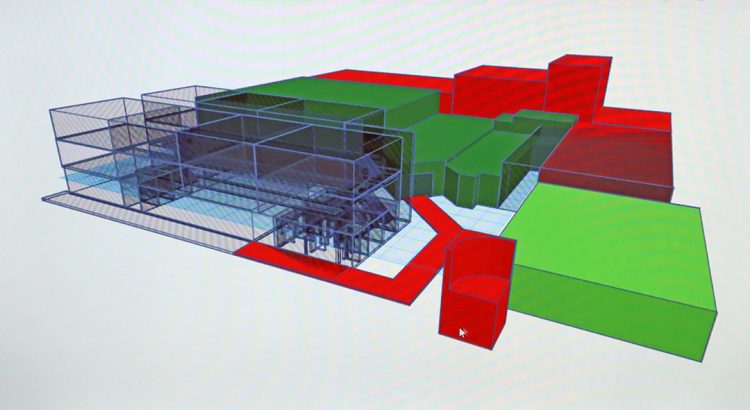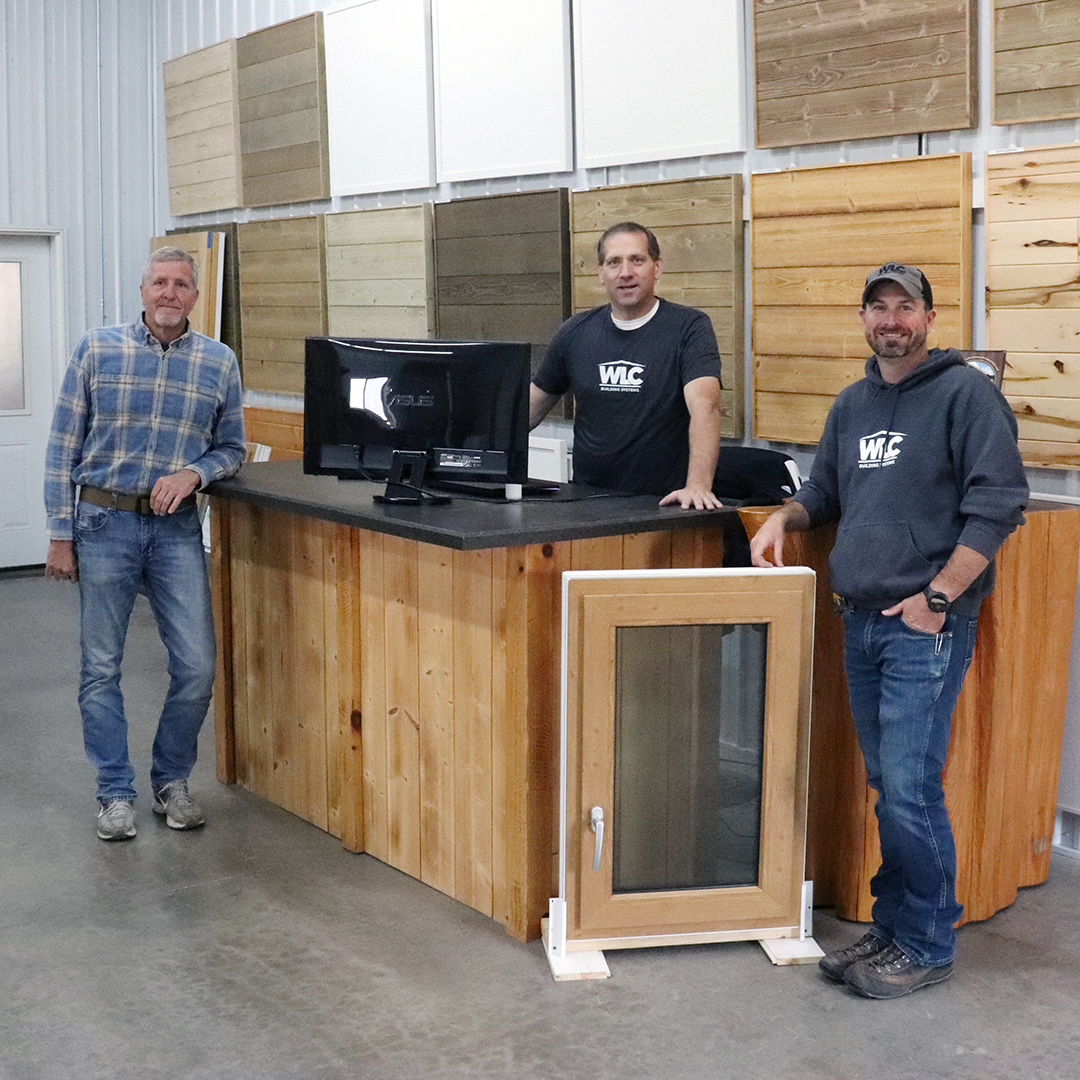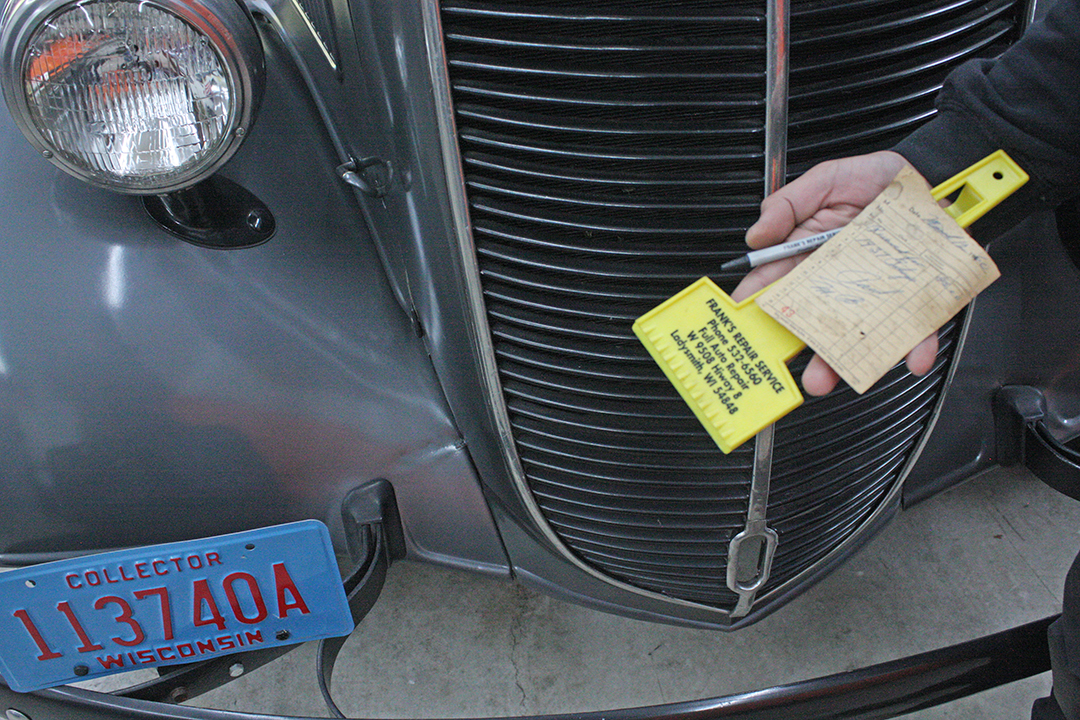A plan needs to be made now for future of high school


Using a computer designing program, administration in the Cornell School District can show renderings of what a demolition of the high school would look like, with the red portions...


